Competency-Based Approaches Focus On Skills, Relevancy and Personalization
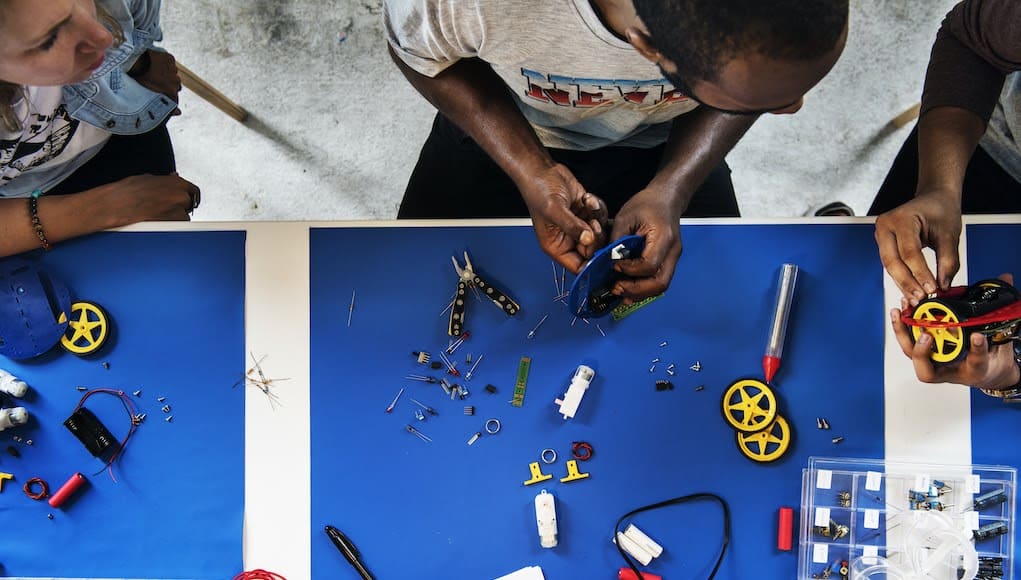
Since formal education has existed, we have often wrestled with what the goals or outcomes are supposed to be and how we know if our learners have successfully reached them. For generations, the dominant goal seemed to be to acquire knowledge, information or facts. It didn’t matter what subject or level, the aim was for the learner to acquire content knowledge.
But in an era where information is readily available through the digital revolution, many are asking what should the outcome be of learning? Project-based learning practitioners have always known that the information wasn’t enough, but rather how the learner applied the information.
Well, with the greater interest in deeper learning, we are now focusing on outcomes, skills or competencies. Entering competency-based learning (CBL) or competency-based education (CBE).
Competency-Based Approaches Defined
CBE and CBL are both systems of instruction, assessment, grading and reporting on learning based on the learners’ demonstration of both the knowledge and the skills that they are expected to learn.
It’s also personalized. It is primarily concerned with a student’s progression through the curriculum at their own pace, depth and level. As competencies are demonstrated, learners continue to progress.
At iLEAD Schools—a collaborative of charter schools in California, Colorado, Hawaii and Ohio who are project-based—they are aggressively working to redesign the learner experience and are counting on competency-based approaches being instrumental in that effort. iLEAD Empower Generations Director Malaka Donovan is leading the effort to not only design but implement competency-based education. According to Donovan, this is a multi-layered approach to teaching and learning that involves learners progressing based on not only what they know, but what they can do.
“It focuses on providing learners with the necessary support and opportunities needed to build skills, not just content knowledge,” said Donovan. “This might seem obvious, but it represents quite a large shift.”
The Characteristics Of Competency-Based Learning
Donovan and her team are instituting a system that really spells out the implications of implementing competency-based practices. They are:
- sustained learning experiences that have an arc and duration (not just small discrete lesson plans and disparate activities);
- learner ownership of learning and an understanding of what’s needed to advance/achieve/improve;
- evidence of learners working at different paces;
- instances of individual and small group feedback being offered by the guide;
- meaningful learner demonstrations and applications of learning; and,
- opportunities and expectations for revision and reflection.
At its foundation, CBL is focused on mastery. Traditionally, we have exposed learners to content over time and success is measured summatively. However, Donovan points out that the shift in a CBE-based system is that students not only work at their pace but also are not allowed to continue until they have demonstrated mastery of the identified competencies.
As with many things in education, this is not entirely new. In many occupations and educational settings, the emphasis has always been on the master of skills. Think about anything from medical school to auto mechanics and hundreds of occupations in between. To be certified and legally allowed to formally call oneself a doctor or mechanic, one had to complete programs and then demonstrate skill mastery.
“I’ve always used a competency-based approach when it comes to teaching and learning,” said Donovan. “Even in my own life as a parent, it has informed how I operate. It’s the same process, but we may not refer to it by the same name.”
How It Works
A more competency-based pedagogy capitalizes, or at least recognizes according to Donovan, that learners are curious by nature. She says that when you allow kids to be curious, they will be engaged and be interested in learning. “When I taught third grade, I had a tidepool in my classroom. At home, my kids had a sandbox where they did a dinosaur dig,” said Donovan.
Like many things related to relevant learning, CBE takes advantage of natural curiosity and inquiry while allowing learners to pace themselves accordingly and look for more information on their own. “It’s a beautiful process to watch the experience unfold on their own terms,” said Donovan. “When they begin to own the learning, they get to own their own successes and failures which is where growth happens.”
The traditional way of teaching focused on periodic report cards with grade-level marking based on outcomes of assignments, tests and performance. Teachers used their own way of grading with very little opportunity for revision (an absolute essential of the authentic learning process). The traditional system might have reflected knowing, but not learning.
Connecting to Personalized, Project-Based Learning
Donovan, in partnerships with many CBE proponents and collaborators, has realized there is a whole new world out there trying to implement these principles. Along with the Eagle Rock School and Professional Development Center, Donovan has been developing project benchmarks, performance tasks and other forms of assessment used to target competencies and competency mastery. “We put learner performance in the forefront of every learning experience. The majority of our assignments are formative assessments, or the practice before the game,” she said. “Mastery is developed through the process of creating projects.” Donovan says that this final product of the project—the summative assessment—can be thought of in terms of a game metaphor. “All the practice has led up to this point and it is here where skills are judged,” she said. “Much like an athlete refines their skills during practice, our learners work and rework their ideas and projects until they show true mastery of the skill.”
There is more and more research than ever before, according to Donovan. She believes that the work that iLEAD is doing, along with partners across the country, could be one of the most transformational things taking place in education. Donovan cites the fact that the facilitators and support staff at her programs are all trained in competency-based practices and are excited about the transition. She said that she and her team develop personalized learning plans that are designed to meet the unique needs and interests of the learners.
“We offer flexible academic approaches through project-based workshops and independent online classes that blend educational concepts with real-life application,” said Donovan. She emphasizes that this diversity provides opportunities to strengthen relationships and build common understandings of the competencies necessary to lead the learners along their path to graduation and personal success. “We now have a set of competencies where we can address our learners’ social-emotional needs, their parenting journey and child development,” she said. “This is really the hub of our program. We know that learners are more accessible when they feel emotionally safe in their environment.”
In addition to the work with Eagle Rock Professional Center, Donovan says great resources are The Aurora Institute (formerly iNACOL), Competency Work and CBE pioneering practitioners like the Chugach School District in Anchorage, Alaska.
Learners’ Reality
There are a lot of examples to demonstrate that CBE is aligned with how learners like to engage. Donovan likes to cite gaming as a prime example. “Young people demonstrate so much grit playing games for hours upon hours because they just want to master that level! The gaming system is set up that once they master a level, they move up,” said Donovan. “Their turn may be over after three tries and they need to start again, but they know they cannot move on until they master all the necessary skills.”
Donovan suggests that learning should be the same way. She cites the examples often visibly on display in traditional grading systems. “Our current grading system perpetuates learning gaps,” she said. “Earning an 85% on a test gives us the information that a learner only mastered 85% of the material and perhaps they still do not understand 15% of the content.” Donovan questions how we can do this to learners in our systems. “How can we then expect them to move on and do better with more challenging material if they do not have a 100% understanding of the skills?” she asks. “If this learning gap cycle begins in elementary school or even middle school, how are we setting our kids up for success in high school?”
Going Forward
It seems that more competency-based approaches are in line with the future of learning and work. Educators, employers and leaders will need to continue to come to an agreement on what the most important skills or competencies are, as well as how to assess and support the learners. With the advent of CBE, we may be on the precipice of a transformational shift in teaching and learning.
For more, see:
- The Case For Competency-Based Education
- Scaling Competency-Based Education: Equity-Focused Strategies for Policy and Practice
- How Career and Technical Education Can Inform Competency-Based Learning
Stay in-the-know with innovations in learning by signing up for the weekly Smart Update.
This post includes mentions of a Getting Smart partner. For a full list of partners, affiliate organizations and all other disclosures, please see our Partner page.
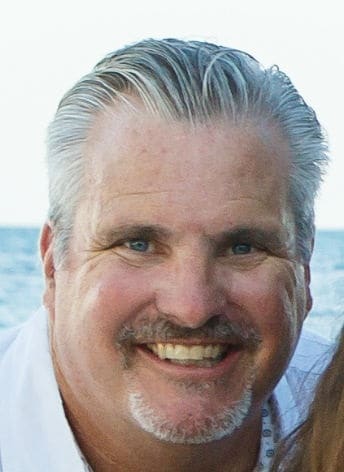



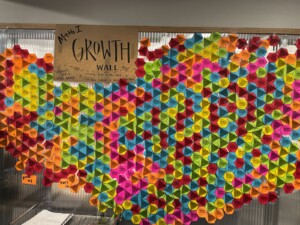
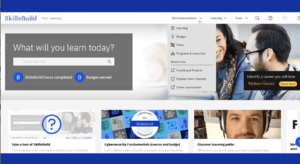
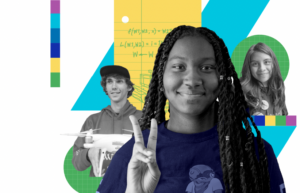
0 Comments
Leave a Comment
Your email address will not be published. All fields are required.